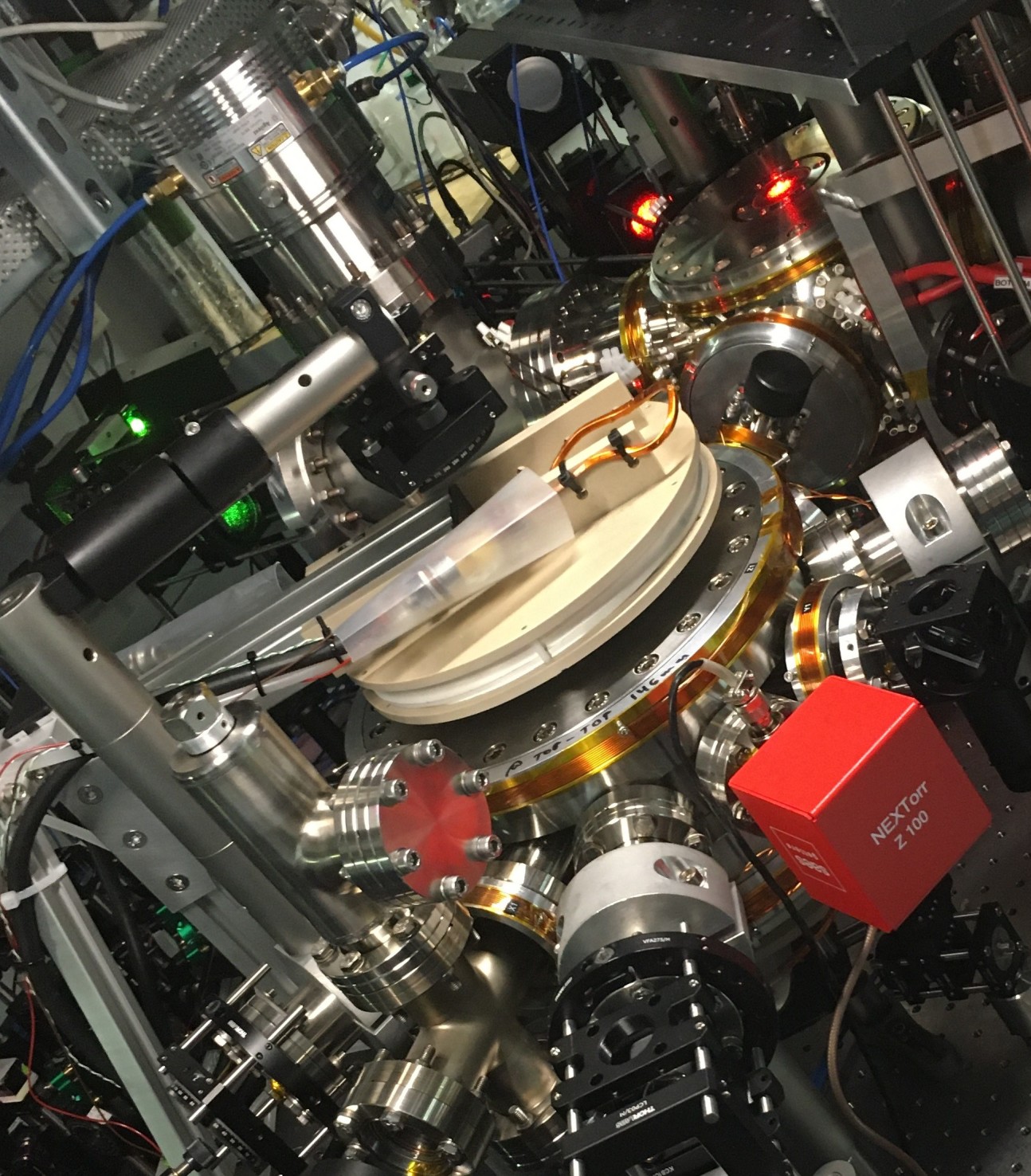We are members of the QSNET consortium whose aim is to build a network of quantum sensors for testing variations of the fine structure constant, α, and the proton-to-electron mass ratio, μ. These measurements will test theories of dark matter and other theories beyond the Standard Model. In the Centre for Cold Matter, we aim to build a molecular lattice clock to measure time variation of the proton-to-electron mass ratio. The clock will be based on the fundamental vibrational transition in Calcium Monofluoride, which has a frequency of 17.5 THz. The transition is expected to have a sub-Hz linewidth and be largely insensitive to DC Stark or Zeeman shifts. Additionally, the AC Stark shifts of the ground and excited states of the clock transition cancel for several wavelengths, facilitating the trapping of the molecules in a magic wavelength lattice. In the lattice, the clock transition will be coherently interrogated with a pair of Raman lasers each locked to the same high-finesse cavity. In this configuration it will be possible to drive the clock transition with coherence times of a few hundred milliseconds. By making frequency comparisons between this molecular lattice clock and an optical atomic clock (e.g. a Sr lattice clock) over long periods, we plan to search for possible time variations of the proton-to-electron mass ratio.
